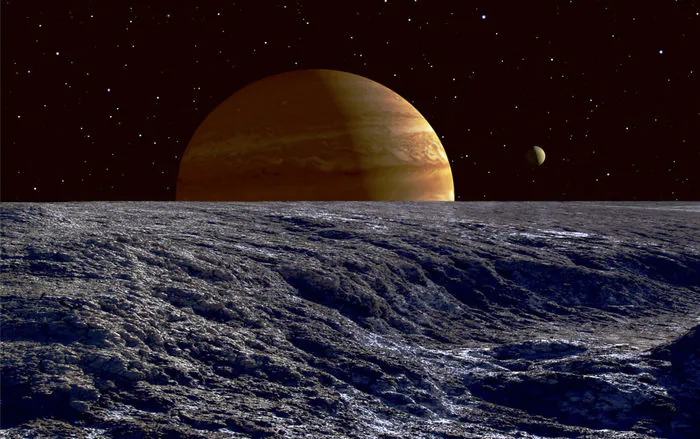© ROOT-NATION.com - Use of content is permitted with a backlink.
Our species is experiencing a turning point in its history. Humans will either develop technology to safely use the energy needed to fly from our planet or destroy themselves in some major cataclysm, according to a new study. If we can achieve the first and avoid the second, we can become a true interplanetary species in just 200 years.
To leave our planet forever, people need to dramatically increase their use of nuclear and renewable energy, while protecting these energy sources from being used for malicious purposes. And the next few decades will be crucial: if humanity can safely give up fossil fuels, it may still have a chance.

In 1964, Soviet astronomer Nikolai Kardashev proposed a measurement scheme, later modified by Karl Sagan, to assess the technological capabilities of intelligent species. It all comes down to energy and how much of it (from any source) the species can use for its own purposes, whether it is exploring the universe or playing video games. Kardashev’s Type I civilization, for example, can use all the energy available on the species’ home planet, including all energy sources on the earth (such as fossil fuels and materials that can be used for nuclear fission) and all energy coming to the planet from the parent star. For the Earth, it is about 10^16 watts. Type II civilizations consume 10 times more energy and are able to use all the power of one star. Type III species can go even further and use most of the energy of the entire galaxy.
Needless to say, the human species is well below the threshold of Type I, but our energy consumption is growing every year. More and more people are consuming more energy per capita, but we have to pay for that energy. The price of this energy is a threat to our biosphere from carbon emissions and pollutants, as well as the risk associated with the possibility of using powerful storage and delivery of energy for destructive purposes, such as nuclear bombs.
The dangers of high energy consumption may explain why scientists have found no evidence for the existence of highly developed alien civilizations. If the Earth is not so special, and the development of life and the mind of aliens is no different (and there is no reason to believe otherwise), then the galaxy should be full of intelligent creatures. Of course, from an astronomical point of view, we have existed not so long ago, but the Milky Way is billions of years old. Probably, by now someone had to reach the Type III stage somewhere and start seriously exploring the galaxy. This means that by the time people got smart, there had to be someone to meet us or at least leave a welcome gift.
But, as we can see, we are alone. Life, and especially intelligent life, seems to be very rare. Therefore, it is possible that some set of processes will eliminate intelligent life before civilization can reach greater stages of development. Most of these so-called “Big Filters” are various forms of self-destruction of species.

In fact, we as a species are already capable of self-destruction, because we have not even overcome the first step of the Kardashev scale. A handful of countries today have nuclear weapons capable of destroying all the people on the planet. We are our own Big Filter.
“The trick is to avoid self-destruction while we ramp up our energy use to the point where we can reliably exist on multiple worlds at once, even if it’s just in the solar system. Having a human presence on more than one planet serves as a strong bulwark against self-destruction. But to achieve multi-planetary status requires an enormous amount of energy, not just for establishing short-term colonies, but for maintaining full-fledged, self-sustaining cities,” said Jonathan Jiang, of NASA’s Jet Propulsion Laboratory.
Jiang and his team explored the best way to achieve Type I status. The researchers followed the recommendations of the United Nations Framework Convention on Climate Change, which clearly outlines the consequences of the continued use of fossil fuels. In short, if humanity does not quickly switch energy sources to nuclear and renewable energy sources, we will do too much damage to our biosphere to continue to climb the Kardashev scale.
The study also predicted an annual increase in the use of renewable and nuclear energy of 2.5% and found that in the next 20-30 years, these forms of energy use will steadily replace fossil fuels. Nuclear and renewable energy sources have the potential to continue to increase production without putting additional strain on the biosphere, and if we continue our current rate of consumption, we will achieve Type I status in 2371.

Jiang admits that the calculations included many assumptions and that the uncertainty of the estimate was probably about 100 years. The calculations were to assume that we would find safe ways to deal with nuclear waste and that growing energy use would not lead to disaster. However, if we can follow this course, we will be able to pave the way for the potential protection of our species for future generations over the next few hundred years.
You can also help Ukraine fight with Russian occupants via Savelife or via an official page of the National Bank of Ukraine.
Read also:


